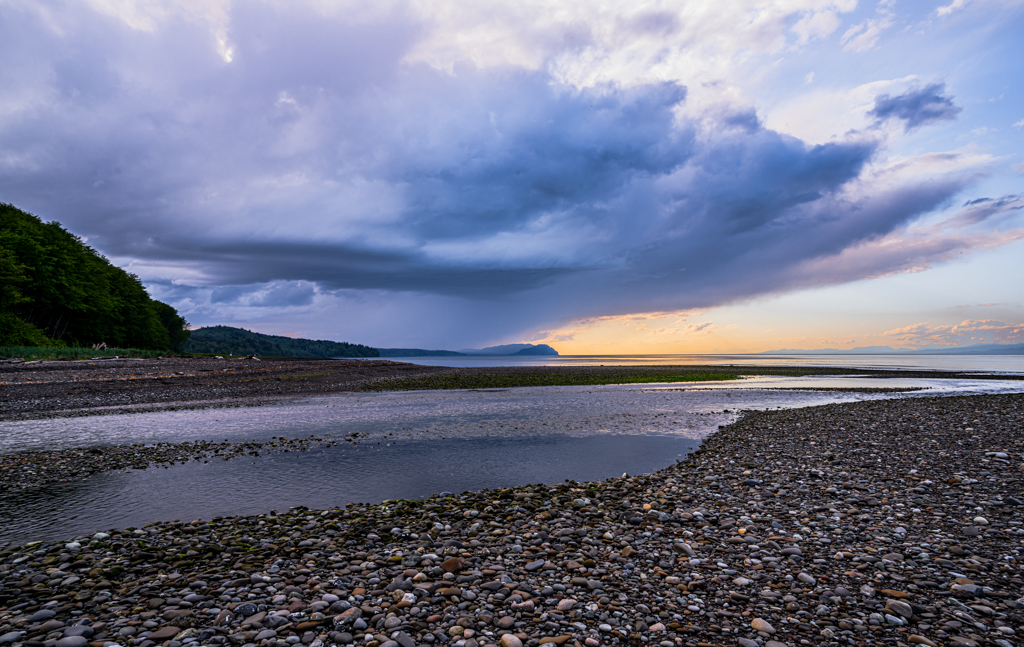Conserving land along our waterways protects important habitat and helps keep our rivers healthy, clean, and more resilient to drought. Riparian Protection projects conserve and restore fresh and saltwater habitat while protecting fish habitat. In doing so, the grants help provide our families, farms, and fisheries with clean water across the state.
This month’s featured project is Twin Rivers Nearshore and West Twin on the ancestral land of the S’Klallam. The Department of Fish and Wildlife used this grant to buy 216 acres of habitat for fish and other wildlife along the Strait of Juan de Fuca, about halfway between Port Angeles and Seiku. The land includes shoreline, river, coastal wetlands, and forested uplands. Conservation will allow the department to protect the natural processes in one of the last remaining functional ecological systems in western Washington. The East Twin River and West Twin River reach has some of the most complex shorelines of the Salish Sea and the near-shore one of the most diverse. The waterways are used by bull trout and Chinook salmon, both of which are species listed as at-risk of extinction under the federal Endangered Species Act, and by forage fish, steelhead and cutthroat trout, and coho salmon. In addition, the area has intact eelgrass and kelp beds, which are vital to salmon. The land also provides rich shorebird and migratory bird habitat and includes a flight corridor for marbled murrelet, which is a species listed under the Endangered Species Act.


